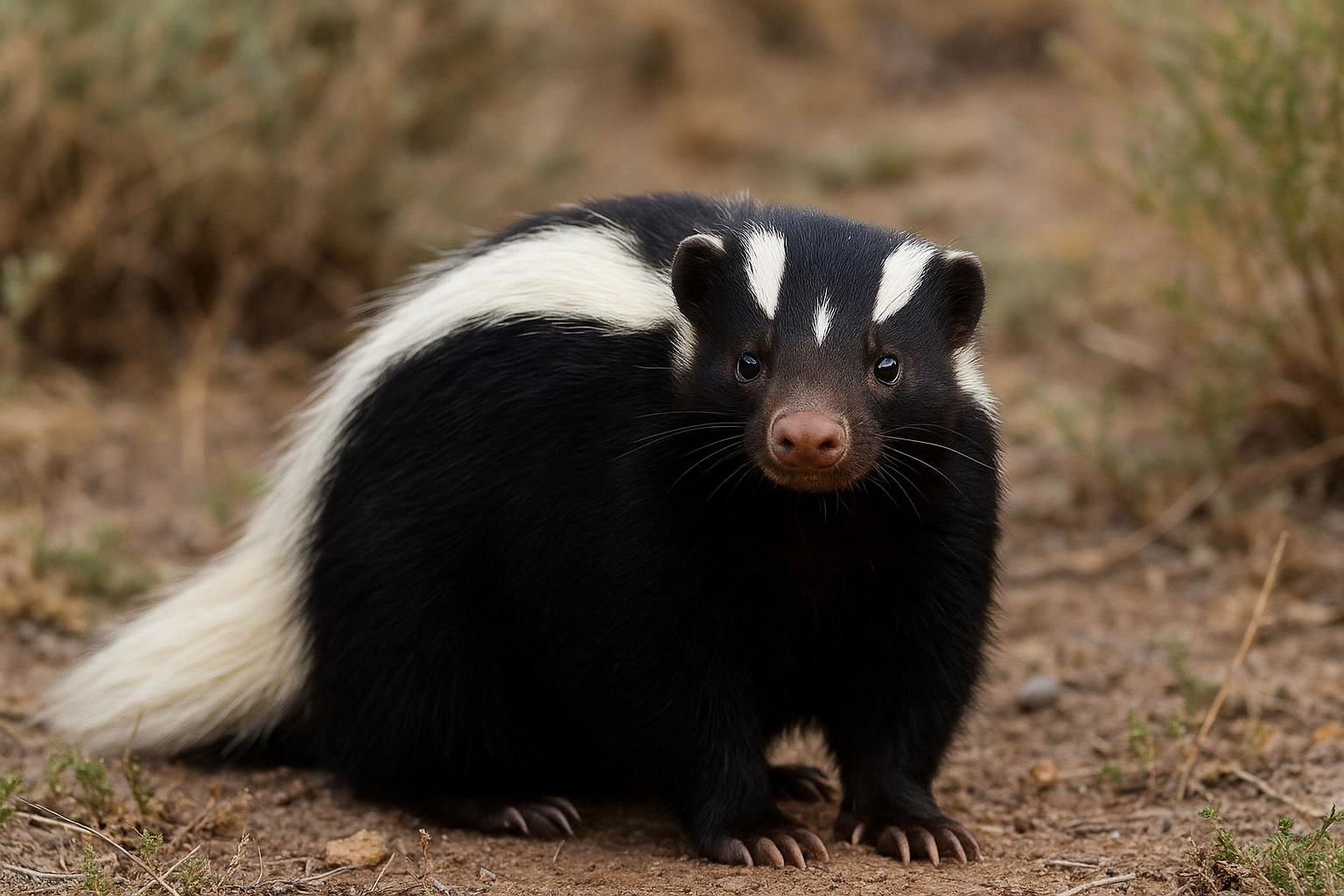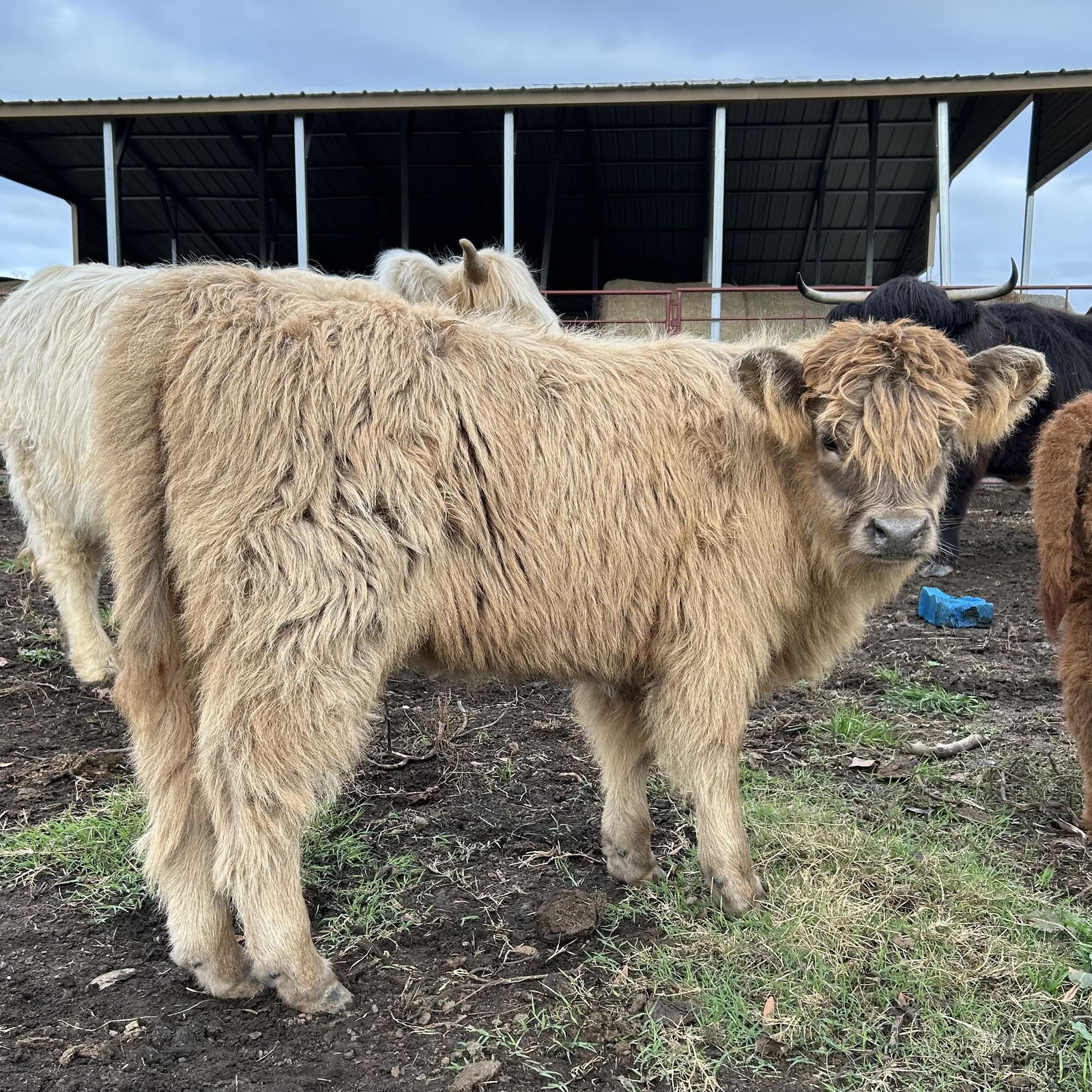
American Hog-Nosed Skunk
Conepatus leuconotus
The American Hog-Nosed Skunk, scientifically known as Conepatus leuconotus, is a striking mammal native to the southwestern United States and throughout much of Central America. This species is easily recognizable by its broad, hog-like snout, which is specially adapted to rooting through soil in search of insects, roots, and small vertebrates. Unlike its more famous striped skunk relatives, the American Hog-Nosed Skunk typically has a large white stripe running from the top of its head down to its bushy tail, with the remainder of its body cloaked in sleek black fur. This pattern can vary, with some individuals exhibiting more extensive white coverage.
Adult skunks can weigh between 4 to 10 pounds and measure about 20 to 30 inches in length, including the tail. They are primarily nocturnal and solitary creatures, favoring habitats such as grasslands, deserts, and open woods, where they can effectively forage for food. Despite their secretive nature, they play a vital ecological role by controlling insect populations and dispersing seeds. When threatened, they have the infamous ability to spray a potent musk from their anal glands, serving as a powerful deterrent to predators. The American Hog-Nosed Skunk is an adaptable species, showing resilience in changing environments; however, it is still susceptible to threats such as habitat loss and road mortality.

 All Species & Breeds
All Species & Breeds
 Highland Cattle
Highland Cattle
 Miniature Donkeys
Miniature Donkeys
 All Species Directory
All Species Directory
 Highland Cattle in Virginia
Highland Cattle in Virginia
 Miniature Donkeys in Texas
Miniature Donkeys in Texas












